Over 200 Human Remains Were Found Beneath The Pyramids Of Teotihuacan, Mexico
Teotihuacan, known as “the place where gods were born” by the later Aztecs, is just 30 miles (50 kilometers) from Mexico City.
This ancient site was once a bustling city, long before the Aztecs arrived in central Mexico.
The Aztecs, who came upon the deserted city centuries later, gave it the name we know today: Teotihuacan.
But the people who built it? That’s still a bit of a mystery.
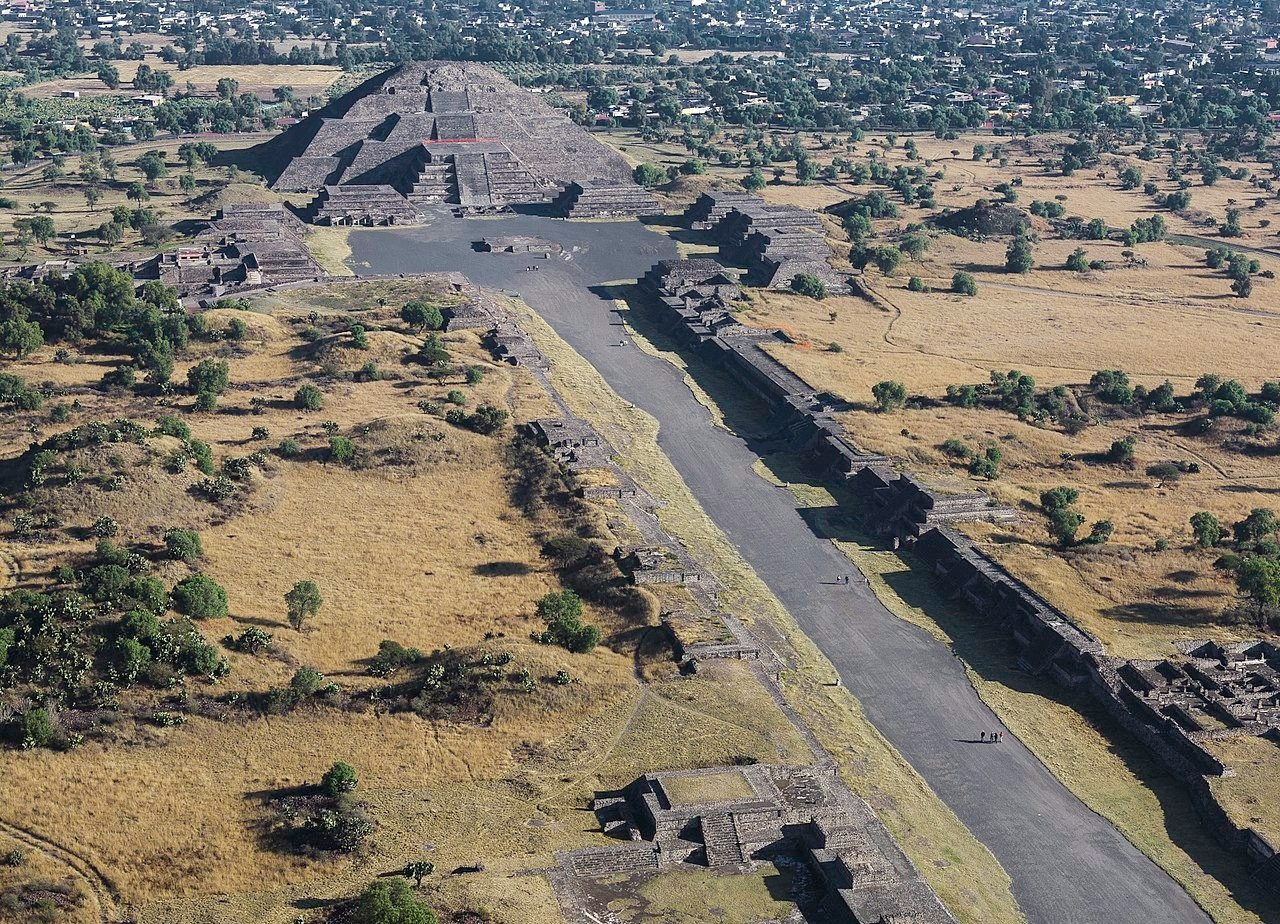
Teotihuacan: A City of Uncertain Beginnings
Teotihuacan was massive for its time.
Imagine a city spreading over 8 square miles (21 square kilometers) and home to around 100,000 people.
This was around 100 B.C. to A.D. 650, making it one of the largest cities in the Western Hemisphere back then.
It even rivaled some of the biggest cities of its time, with thousands of homes and massive pyramid temples that could easily compare to the pyramids of Egypt.
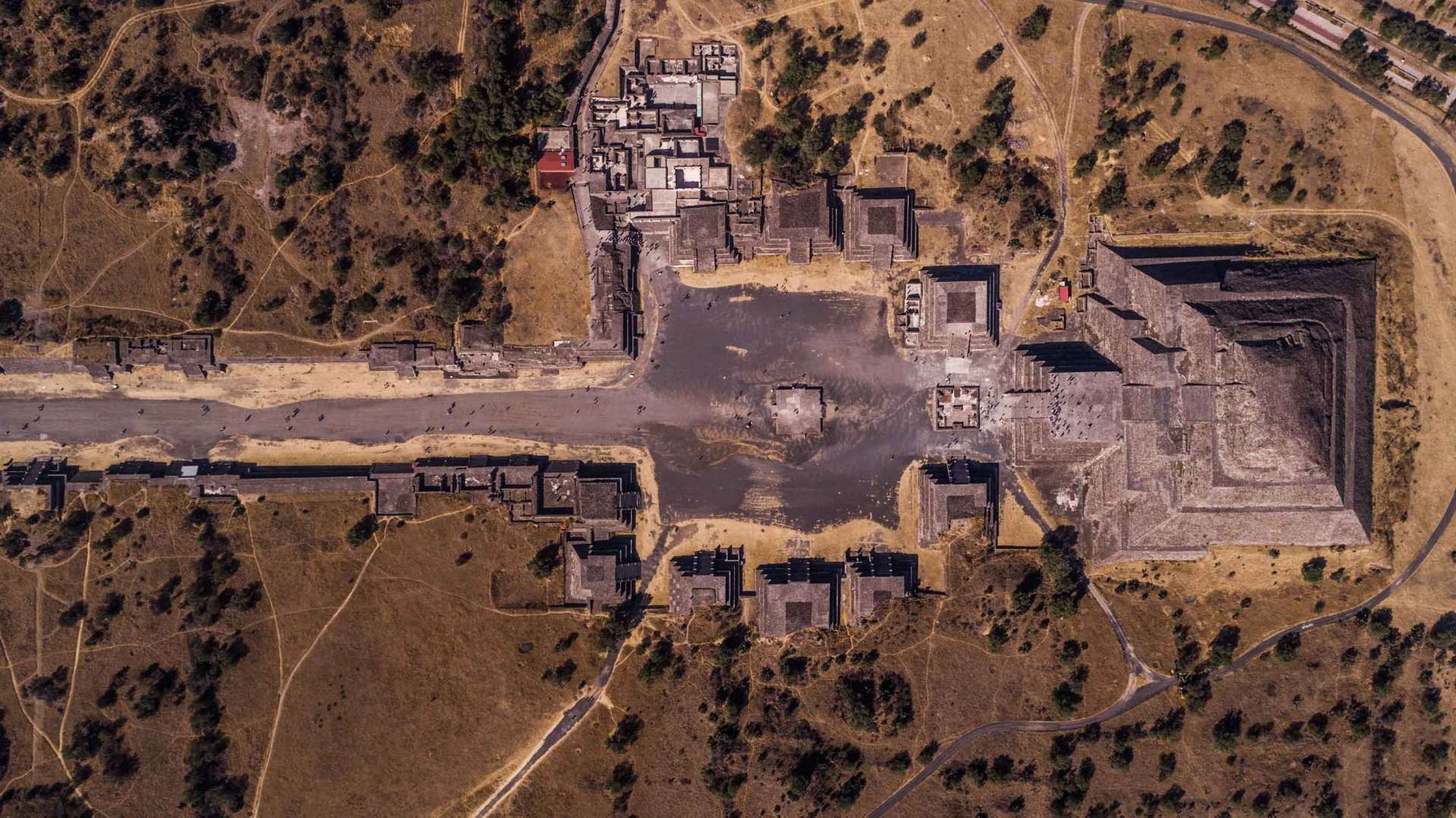
One of the most striking things about Teotihuacan is its central road, the Avenue of the Dead, lined with incredible structures like the Temple of the Sun and the Temple of the Moon.
Despite its grandeur, though, the city had no military structures.
That’s a bit odd considering how much influence Teotihuacan had across the region, both culturally and militarily.

Who Built Teotihuacan?
Unlike many other ancient cities, Teotihuacan did not leave behind written records.
The city’s builders are still unknown, though various theories suggest that the Totonac, Mixtec, or other early cultures may have been responsible.

Teotihuacan Was A Cultural Hub
Teotihuacan was a melting pot of different cultures, including the Maya, Mixtec, and Zapotec.
There’s a theory that a volcanic eruption drove people from surrounding areas into the Teotihuacan Valley, and these refugees either founded or helped build the city.
This diversity is evident in the city’s art, architecture, and religious practices, which blend elements from multiple traditions.
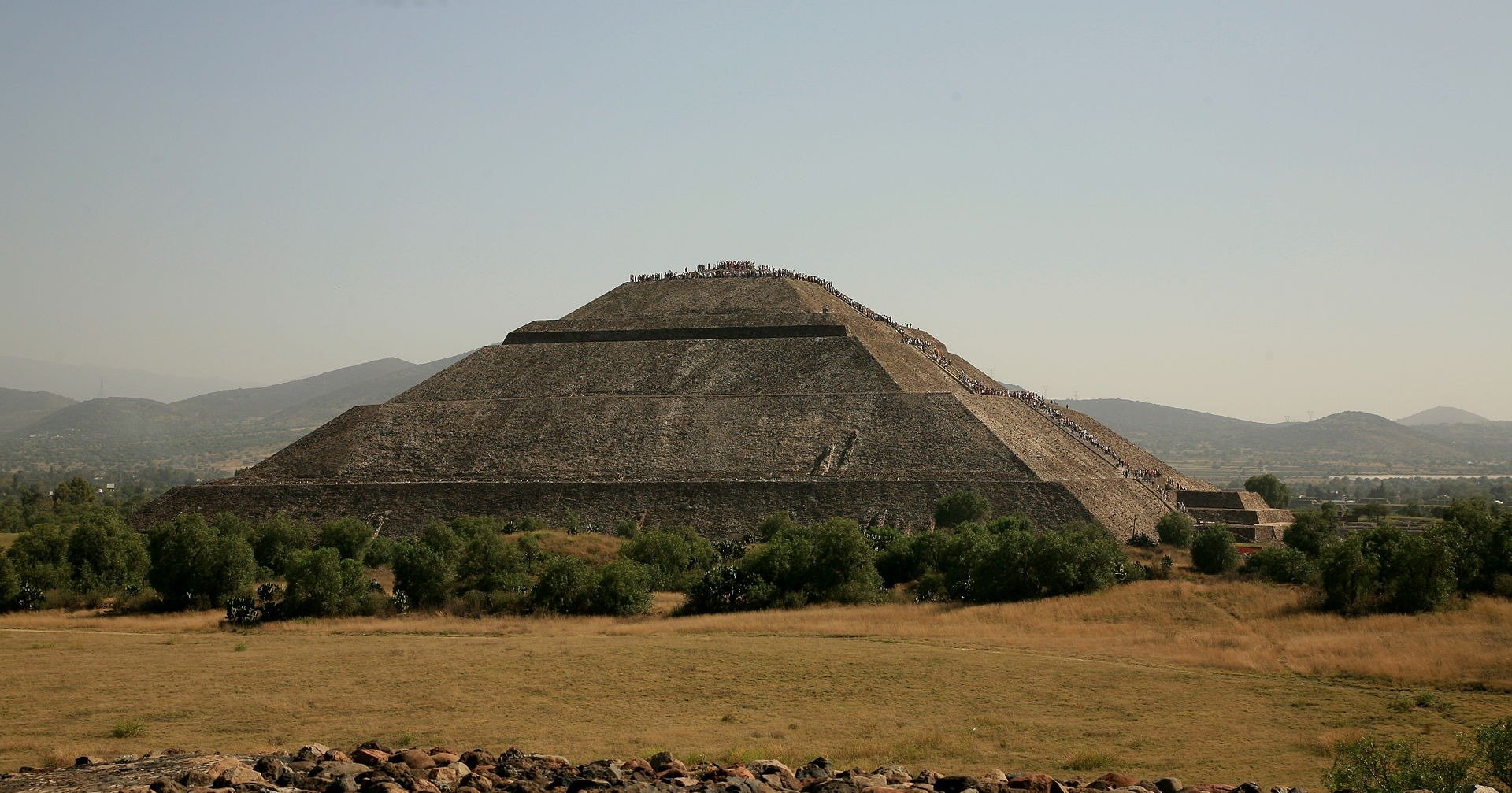
The Worship Of A Pantheon Of Gods
Religious life in Teotihuacan was centered around the worship of a pantheon of gods, with the most prominent being the Feathered Serpent (Quetzalcoatl) and the Storm God (Tlaloc).
The city’s architecture reflects its religious devotion.
Massive pyramid temples, such as the Pyramid of the Sun and the Pyramid of the Moon, served as focal points for worship and rituals.
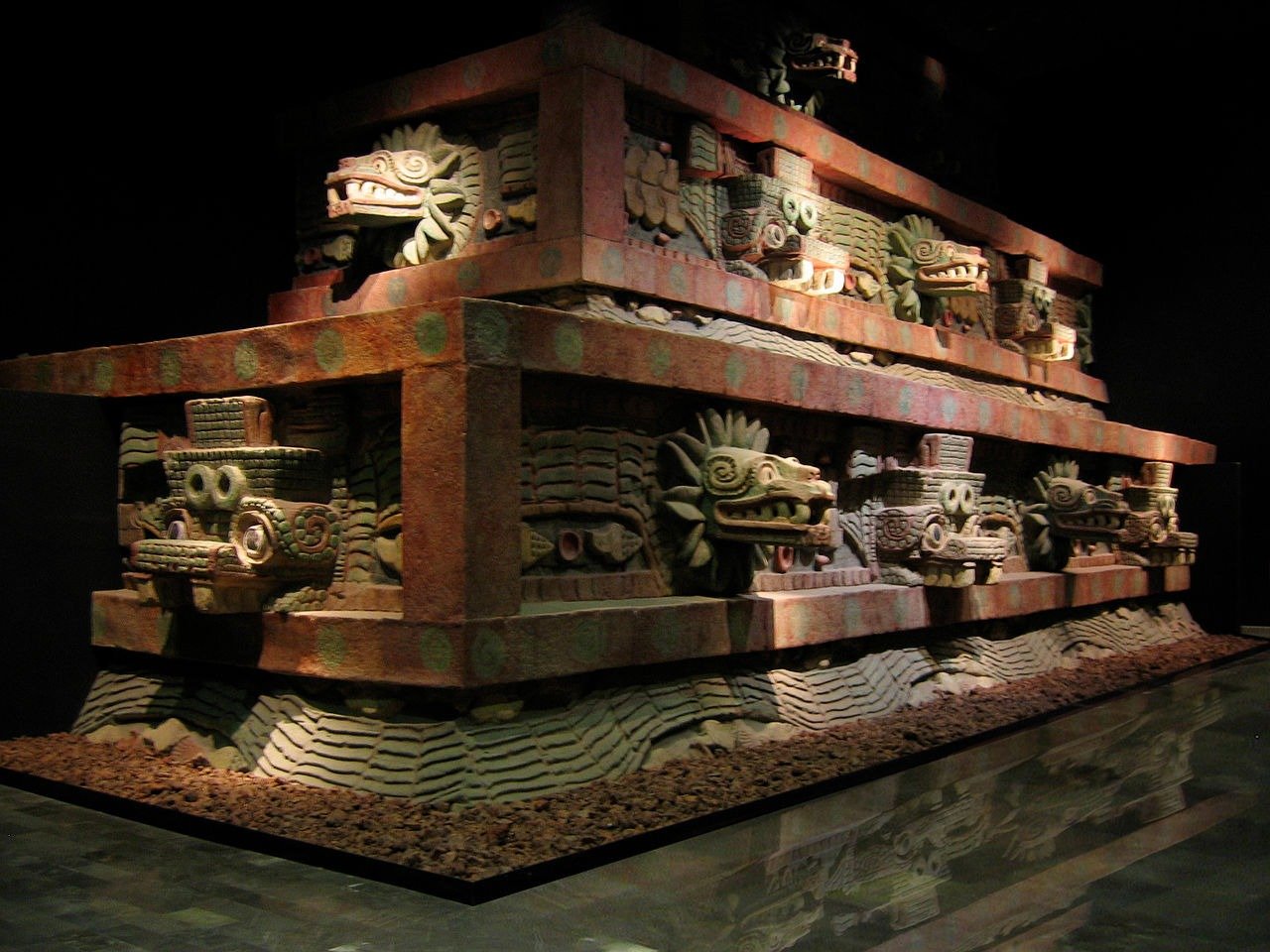
Teotihuacan’s art and culture were characterized by a blend of naturalistic and abstract styles.
Murals, pottery, and sculptures found throughout the city depict gods, animals, and abstract designs, often with vibrant colors and intricate details.
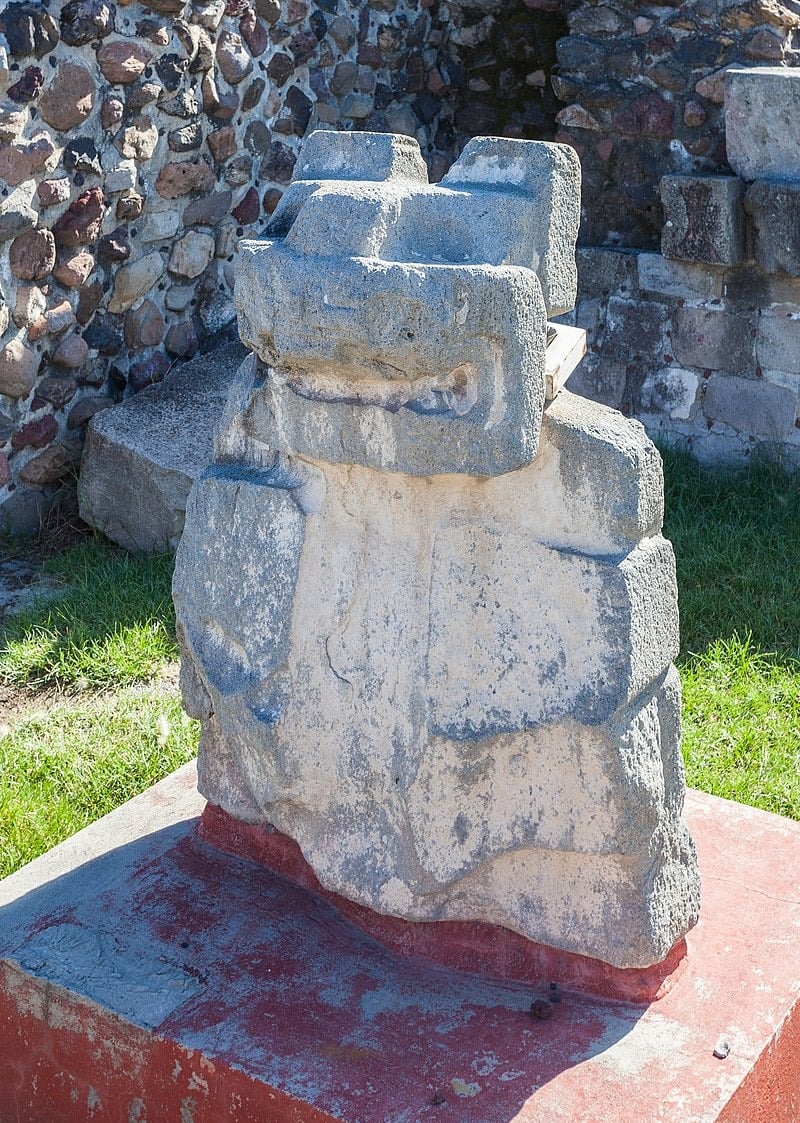
A Complex Urban Society
Life in Teotihuacan was highly organized, with a complex urban layout.
The city was divided into residential compounds, where extended families lived together in large, multi-room complexes.
These compounds were often decorated with murals and other artworks, showcasing the residents’ wealth and status.
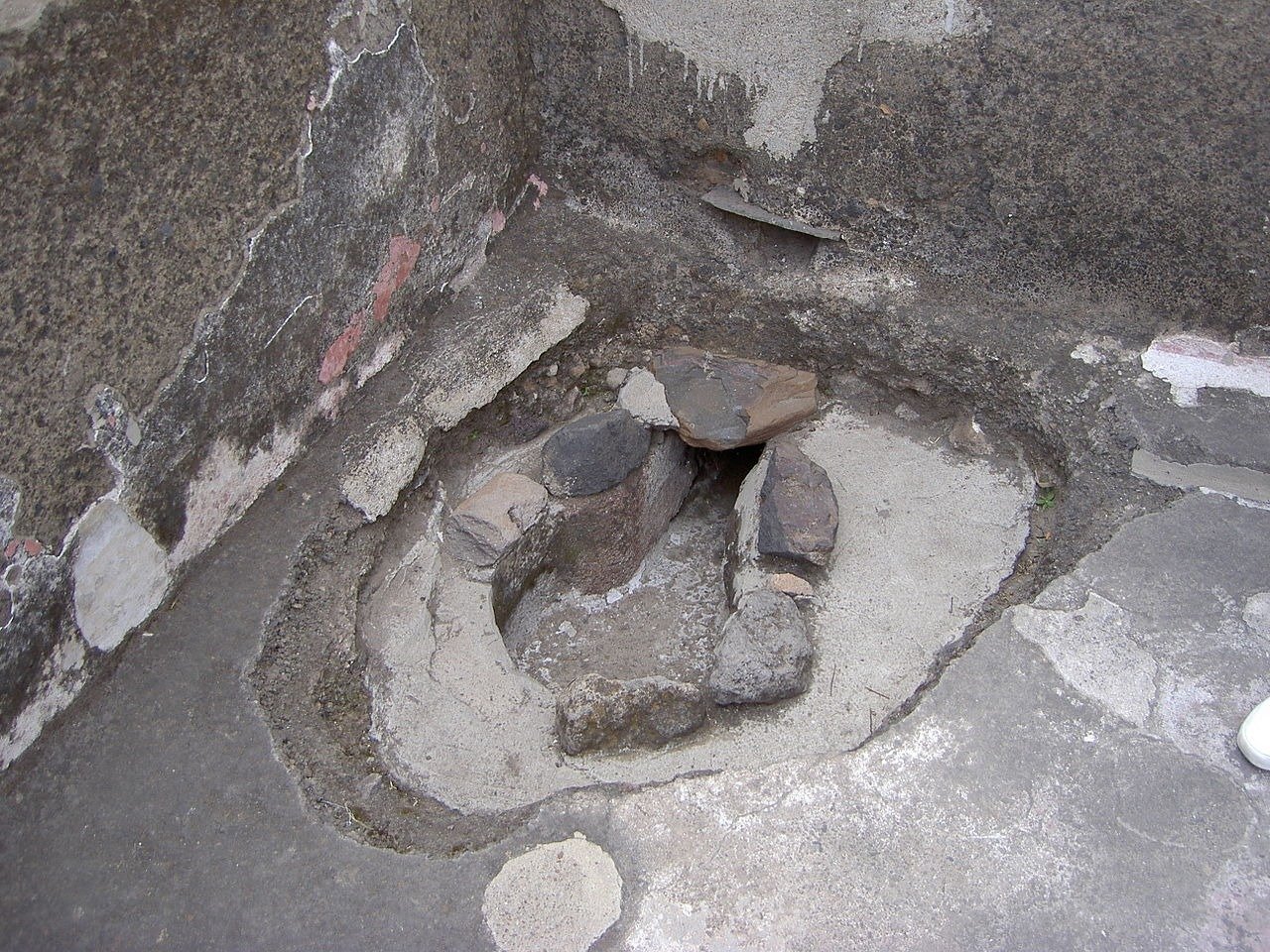
The city’s social hierarchy was likely stratified, with an elite class of rulers and priests at the top, followed by artisans, merchants, and farmers.
The elite controlled the city’s resources and oversaw religious ceremonies.
The lower classes provided labor and produced goods for trade.
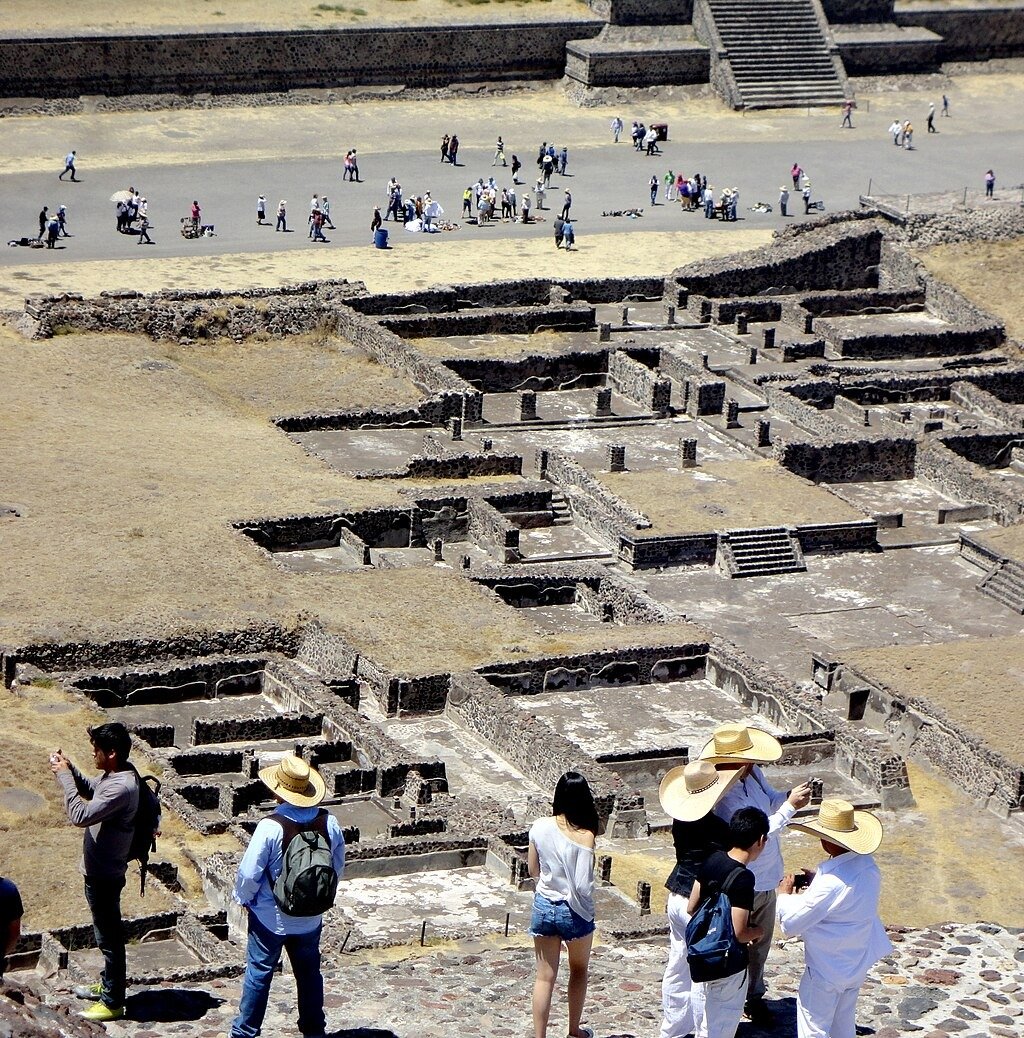
Teotihuacan’s economy
Teotihuacan’s economy was based on agriculture, craft production, and trade.
The surrounding fertile valley provided the city with a steady supply of food.
Artisans created pottery, textiles, and other goods that were traded across Mesoamerica.
Religious rituals and ceremonies
Human and animal sacrifices were common, believed to be offerings to the gods to ensure the city’s prosperity and stability.
These rituals were often conducted in the city’s temples, with the Pyramid of the Sun and the Pyramid of the Moon serving as the main ceremonial centers.
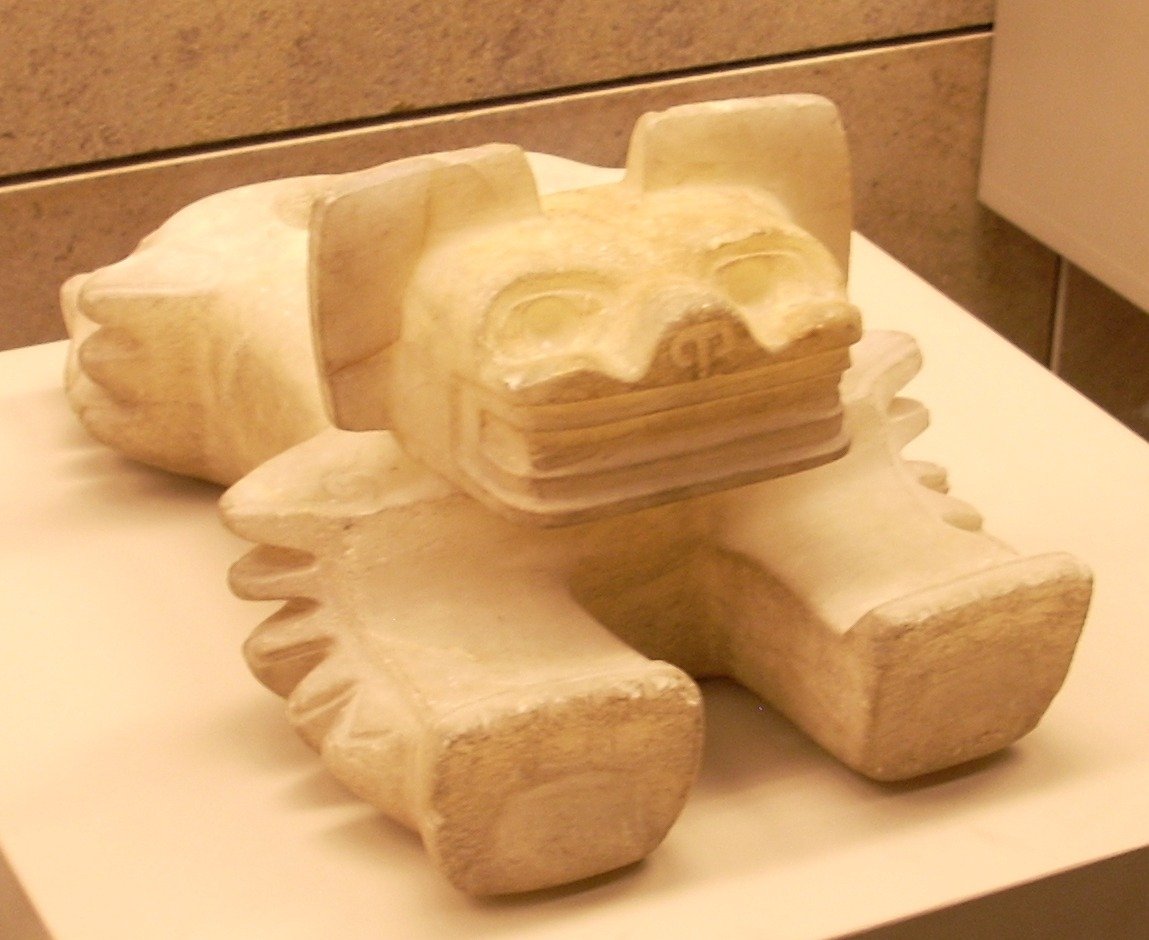
The Fall of Teotihuacan
The decline of Teotihuacan began around A.D. 650, though the exact reasons for its fall remain uncertain.
By the 8th century, it was largely abandoned, with many of its grand structures left in ruins.
Scholars have proposed various theories to explain its collapse, including internal social unrest, environmental changes, and invasions by outside groups.

One theory suggests that the city’s lower classes may have risen up against the elite, leading to the destruction of many of the city’s buildings and the eventual abandonment of Teotihuacan.
Another theory suggests that external pressures, such as invasions or warfare with neighboring groups, could have led to the city’s downfall.
Evidence of destruction in some parts of the city supports this theory.
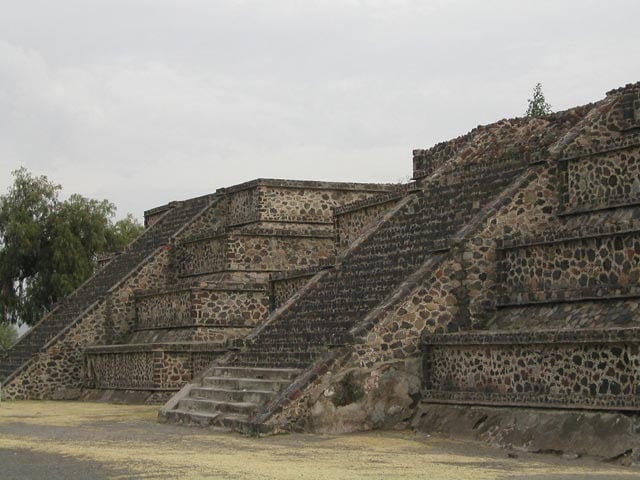
The Architectural Wonders of Teotihuacan
Avenue of the Dead, Teotihuacán, Mexico
“Avenue of the Dead” is the main path between the pyramids in Teotihuacan.
It stretches for about 1.5 miles (2.5 kilometers) from the Pyramid of the Sun to the Pyramid of the Moon.
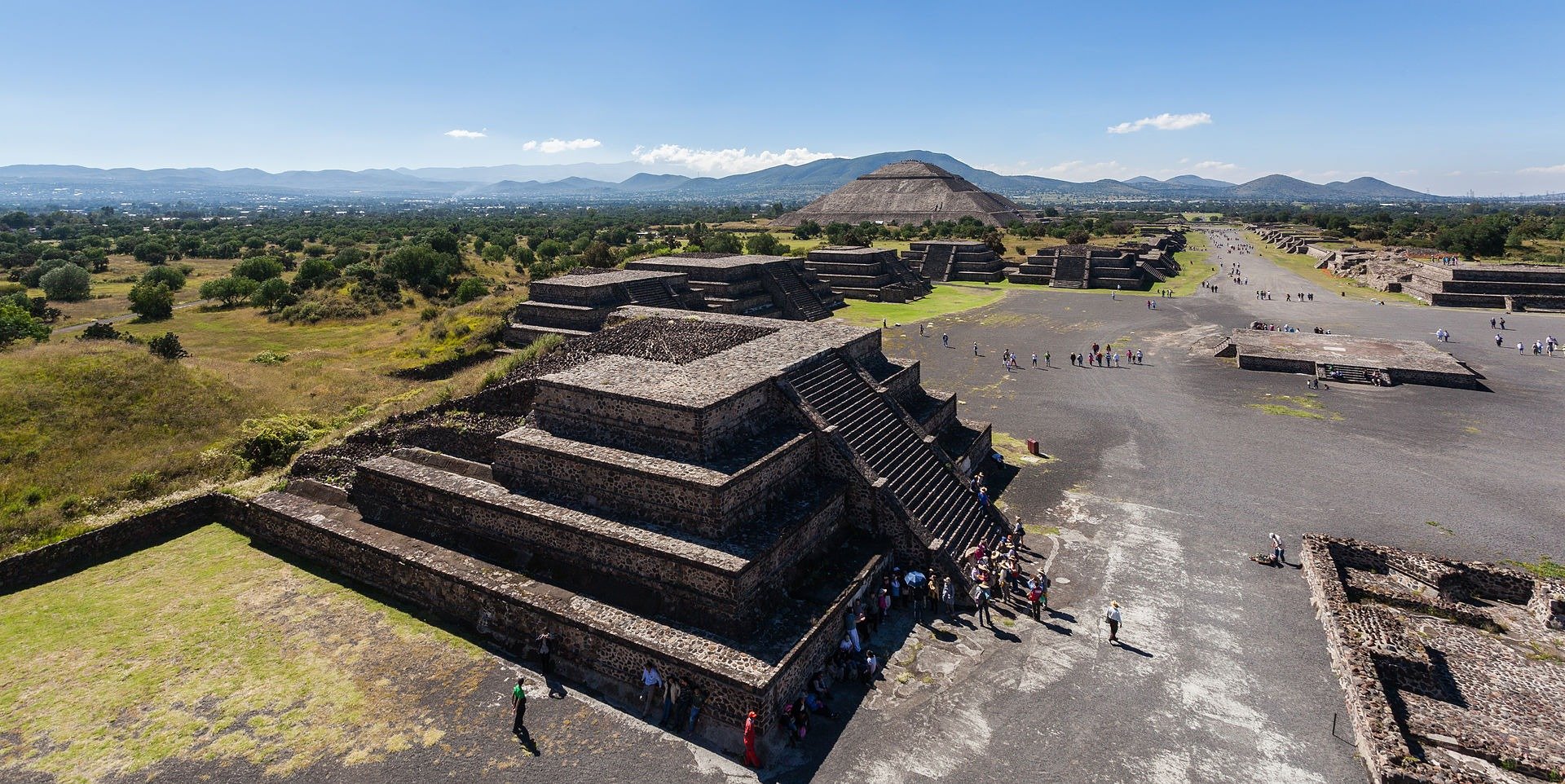
The avenue serves as the city’s central axis and was lined with important buildings and temples.
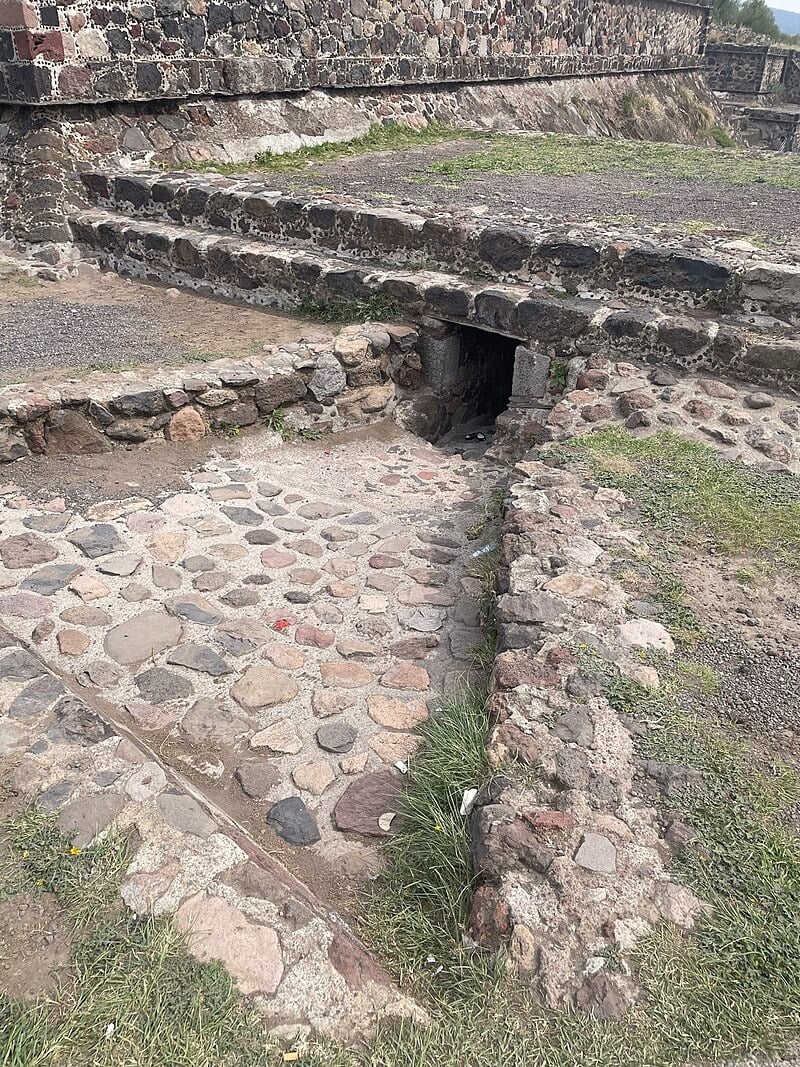
The street was constructed with a broad, straight layout, and its alignment is thought to be related to astronomical and ceremonial purposes.
The avenue is flanked by several important structures, including the Pyramid of the Sun, the Pyramid of the Moon, and various temples and residential compounds.
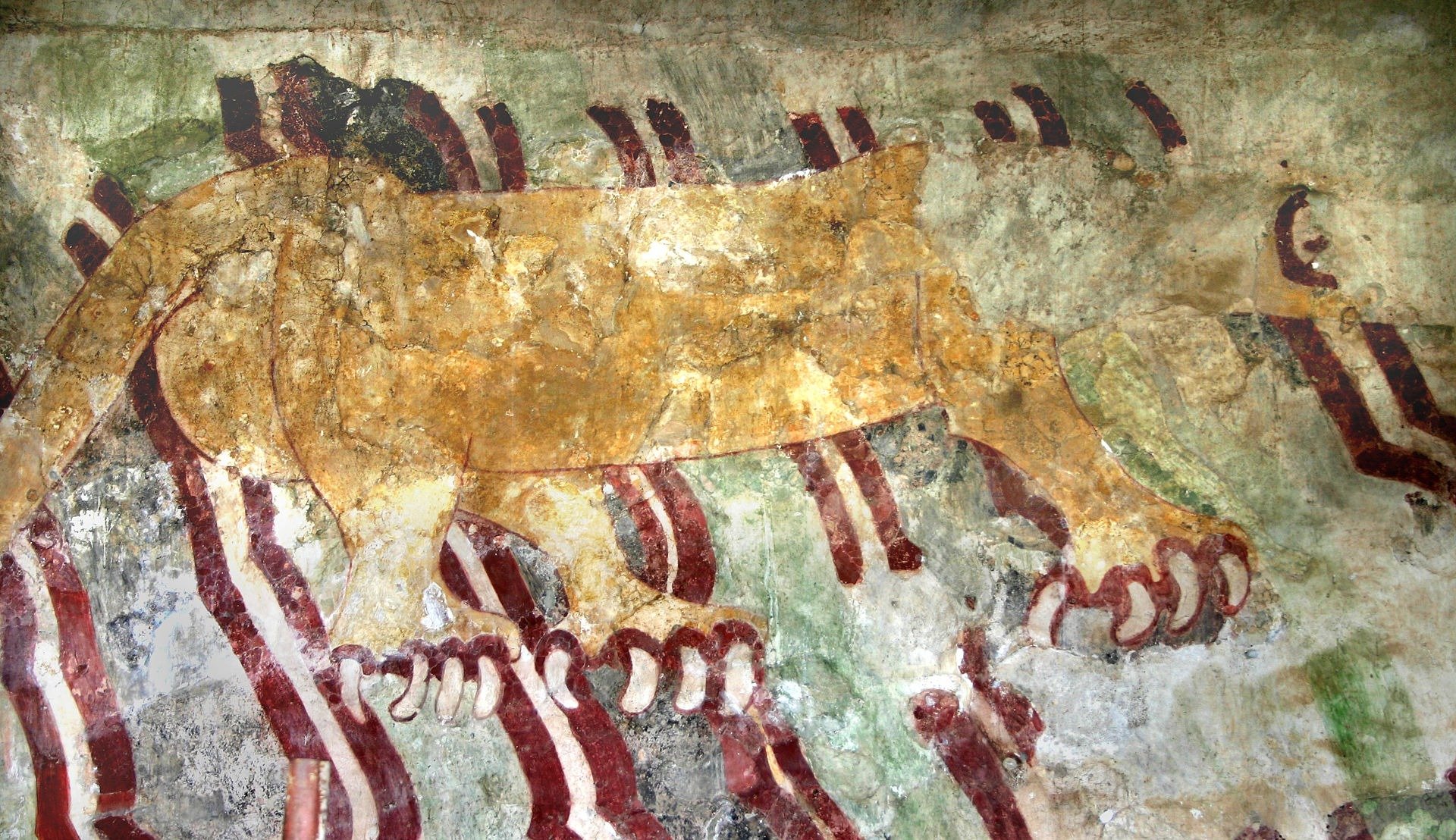
The Pyramid of the Sun
The Pyramid of the Sun is the largest and most iconic structure in Teotihuacan, and the third-largest pyramid in the world.
It was built between A.D. 100 and 200.
It stands at approximately 216 feet (66 meters) high, making it one of the largest pyramids in the world.
The pyramid is located at the eastern end of the Street of the Dead.
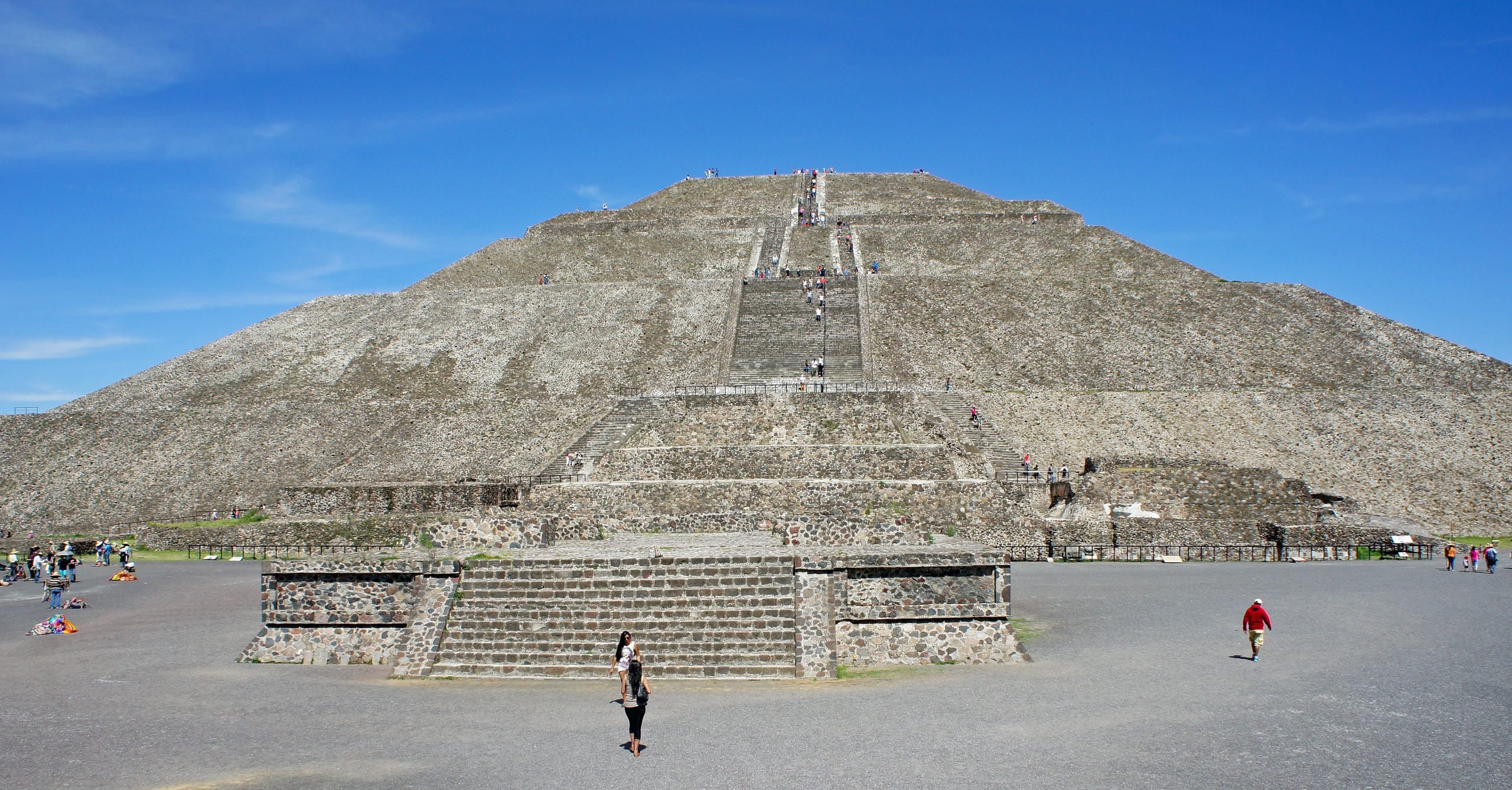
The Pyramid of the Sun was constructed using a core of rubble and stone covered with a veneer of volcanic rock.
At the top of the pyramid, there was a large platform where human sacrifices were performed.
The Pyramid of the Moon
The Pyramid of the Moon is the second-largest pyramid in Teotihuacan.
It is located at the northern end of the Street of the Dead.
It is slightly smaller than the Pyramid of the Sun but is similarly monumental in scale.
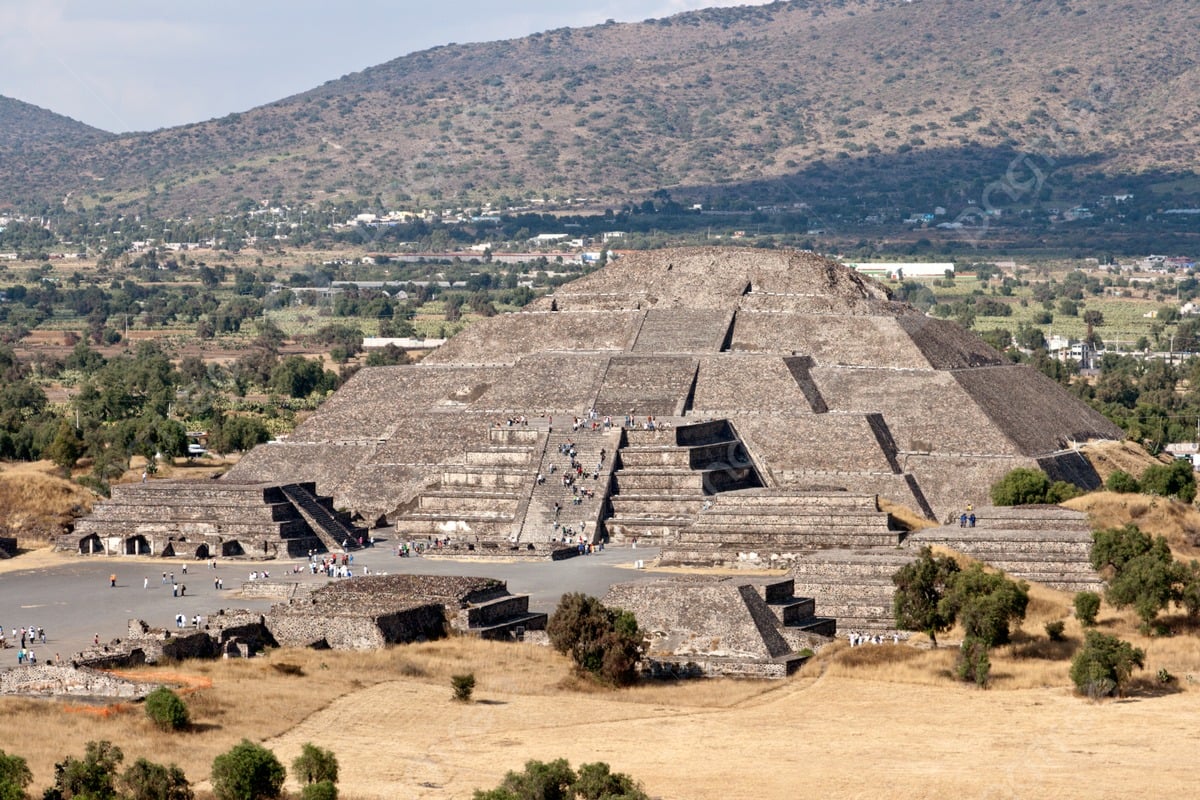
The pyramid was built in stages, with the current structure completed around A.D. 250.
Each stage involved constructing a new layer over the previous one, which created a series of terraces.
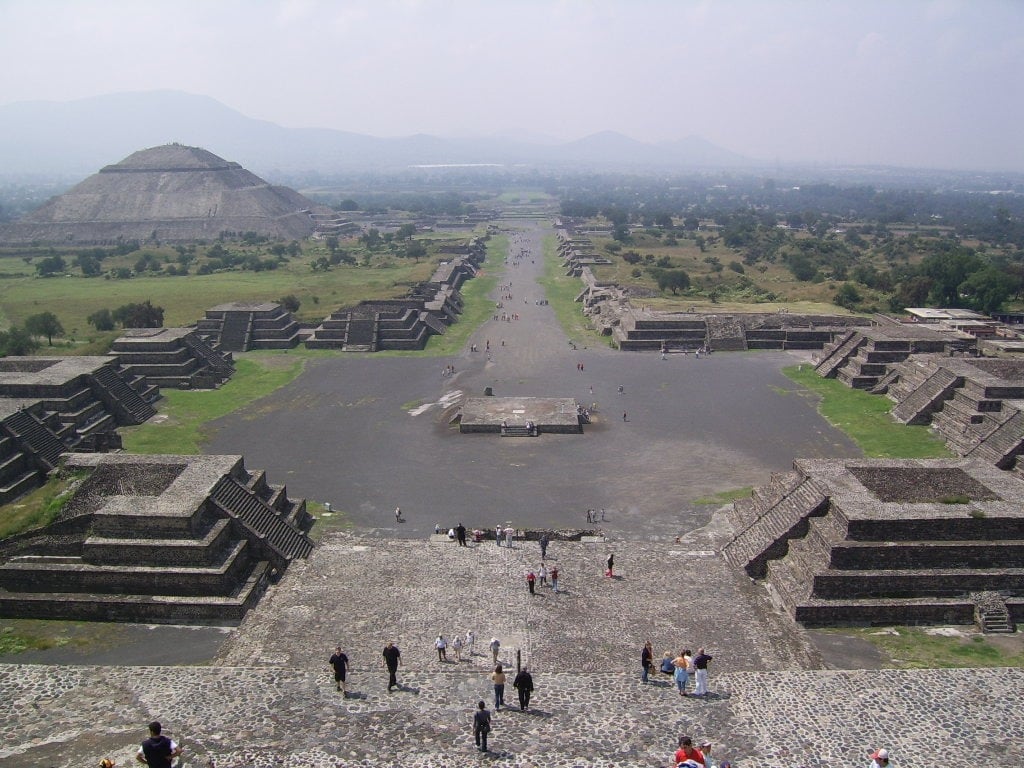
Archaeologists have uncovered a secret tunnel beneath the Pyramid of the Moon in Teotihuacán, northeast of Mexico City.
This tunnel, extending from the Plaza de la Luna to the pyramid, is about 33 feet (10 meters) deep and may symbolize the underworld in the Teotihuacans’ belief system.
The Pyramid of the Moon is associated with the moon goddess and the fertility deities of Teotihuacan.

The biggest digs at Teotihuacan have been at the Pyramid of the Moon, led by Professors Saburo Sugiyama from Japan and Rubén Cabrera, a Mexican archaeologist.
Beneath the temple, they found a mix of awe-inspiring architecture and some pretty brutal evidence of human and animal sacrifices.
These sacrifices, like bodies with their heads cut off, were likely offerings to the gods or rituals to bless the pyramid as it was built layer by layer.
Temple of the Feathered Serpent (Quetzalcoatl)
The Temple of the Feathered Serpent, or Temple of Quetzalcoatl, is a standout monument in Teotihuacán.
Built around A.D. 200, it features a pyramid-like structure adorned with carvings of the feathered serpent deity, Quetzalcoatl.
This temple is notable for its stepped terraces and detailed reliefs, which highlight the artistic achievements of Teotihuacán’s builders.
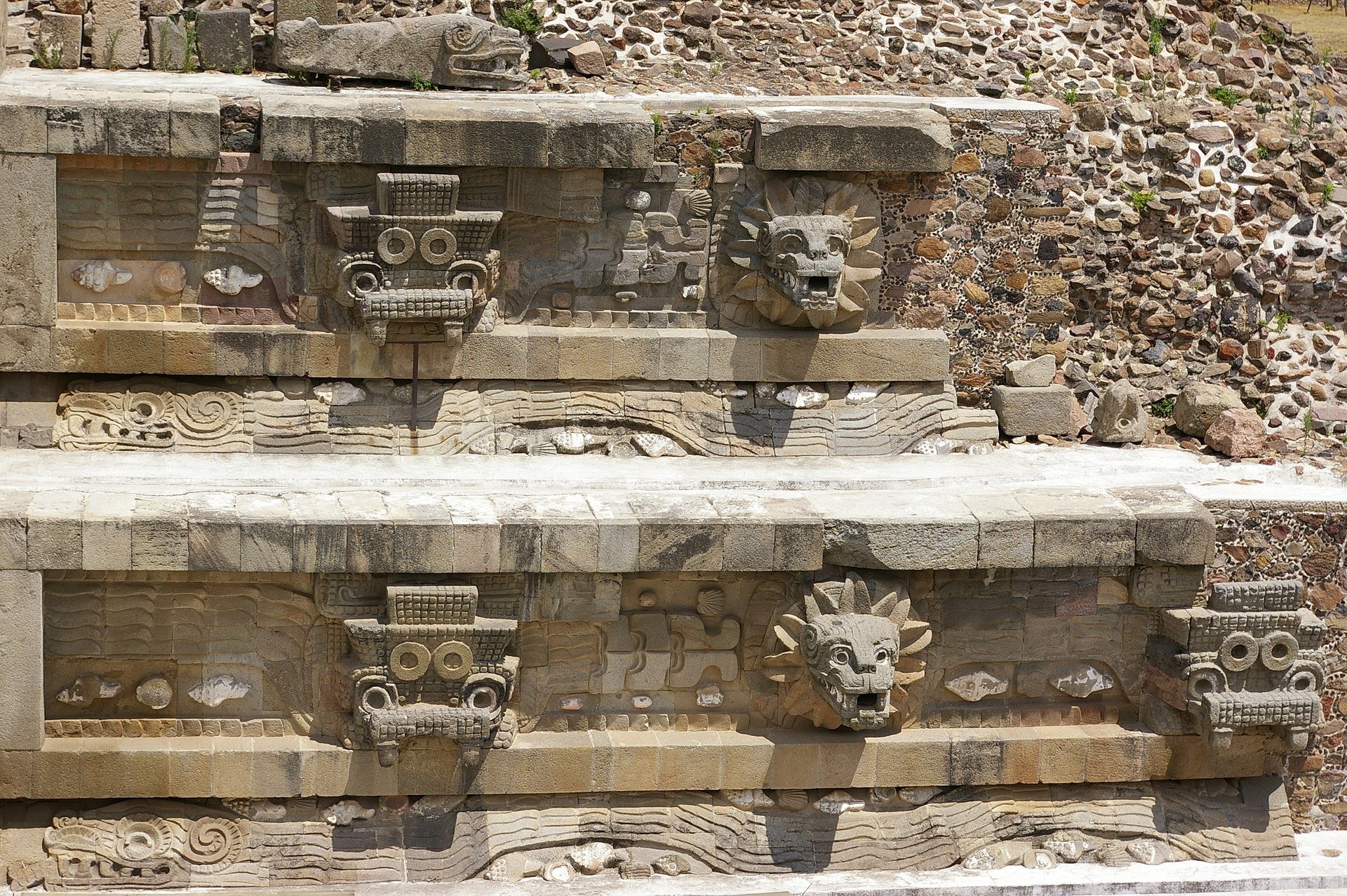
The temple was a major site for religious rituals, including sacrifices, as evidenced by the remains of over 200 individuals found beneath it.
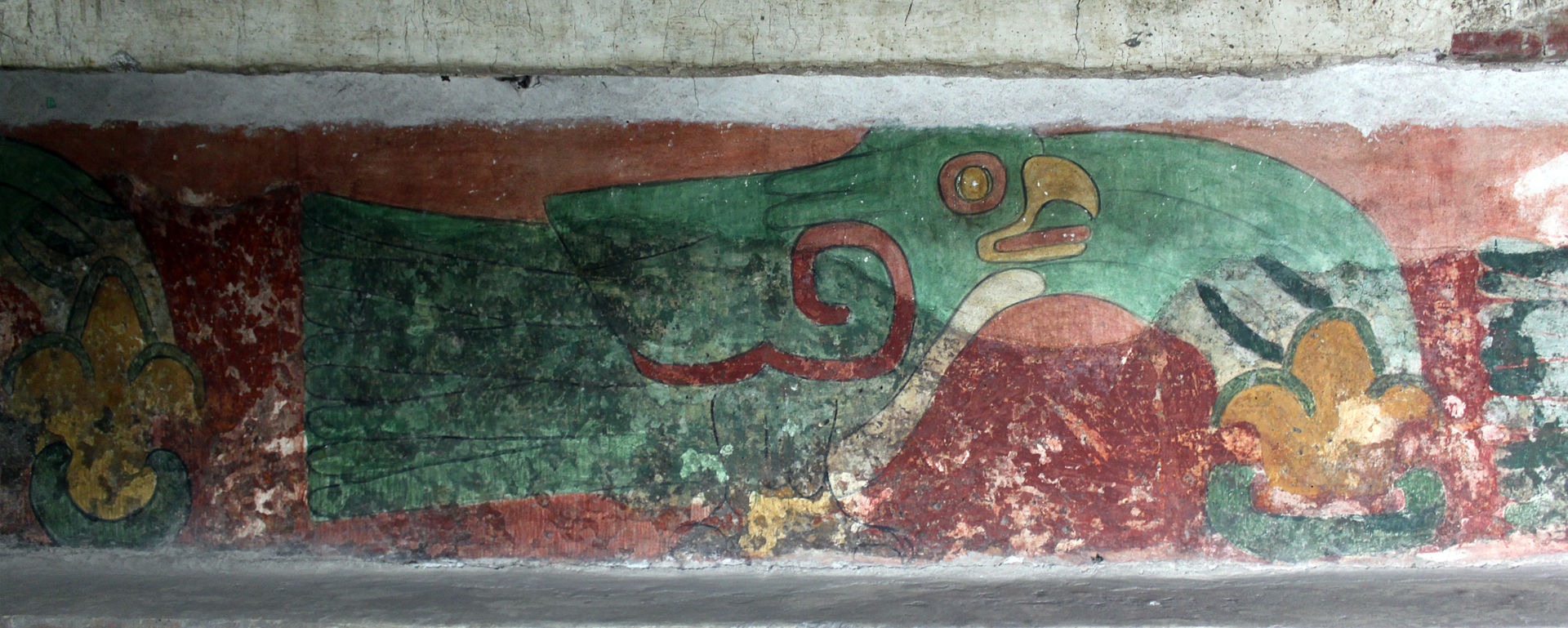
Recent excavations have uncovered a network of tunnels beneath the temple, possibly used for ceremonial purposes.

